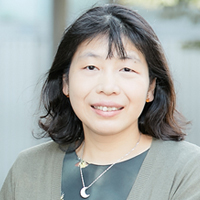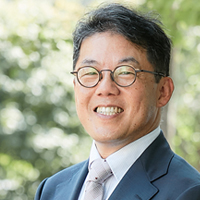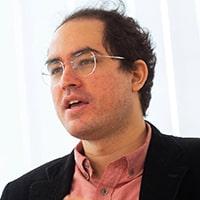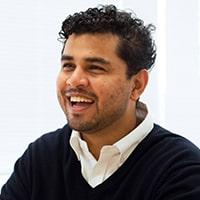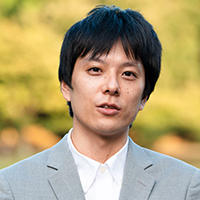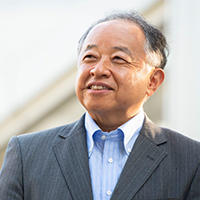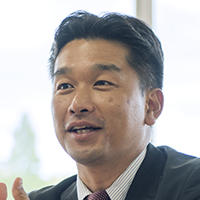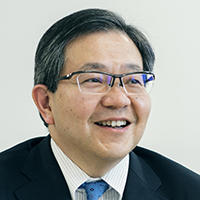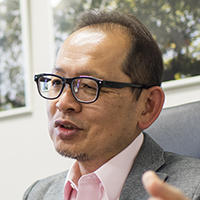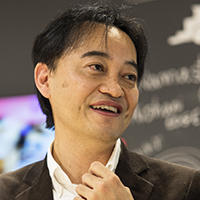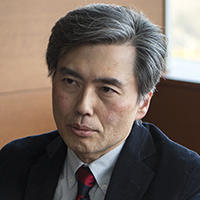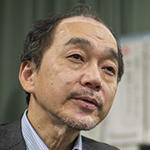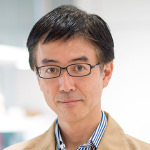SDM Voice|Associate Prof. Makoto IOKI
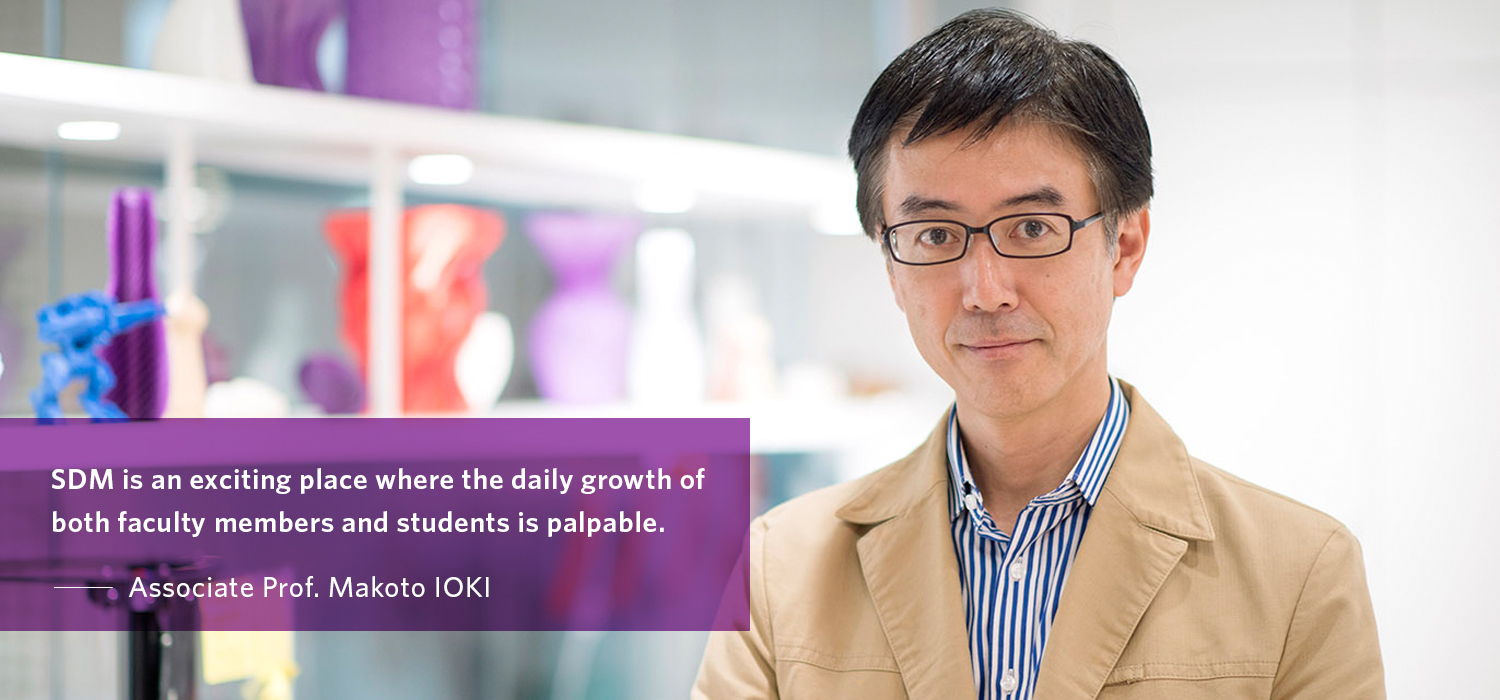
Since joining SDM in April 2014, Associate Professor Makoto Ioki has headed SDM’s Design Project, a core part of the graduate curriculum. We sat down with Professor Ioki to talk about his research and what separates SDM from conventional graduate schools that hone professional expertise in a highly specialized field.
Profile
Associate Prof. Makoto IOKI
Associate Professor, Graduate School of System Design and Management, Keio University
Prof. Ioki was a satellite system engineer at Mitsubishi Electric corporation and designed many satellite systems such as ETS-8 and MTSAT-2. He then moved to a government-funded organization Japan Space Systems, where he promoted the overseas expansion of the Japanese space industry and international cooperation, visiting many countries not only in Europe and North America, but also in Asia, Africa and South America. Since 2014, he has been an Associate Professor in the Graduate School of System Design and Management (SDM) at Keio University. His areas of expertise include Systems Engineering, Innovative Thinking Education and Satellite Systems Design.
Learning Alongside Students
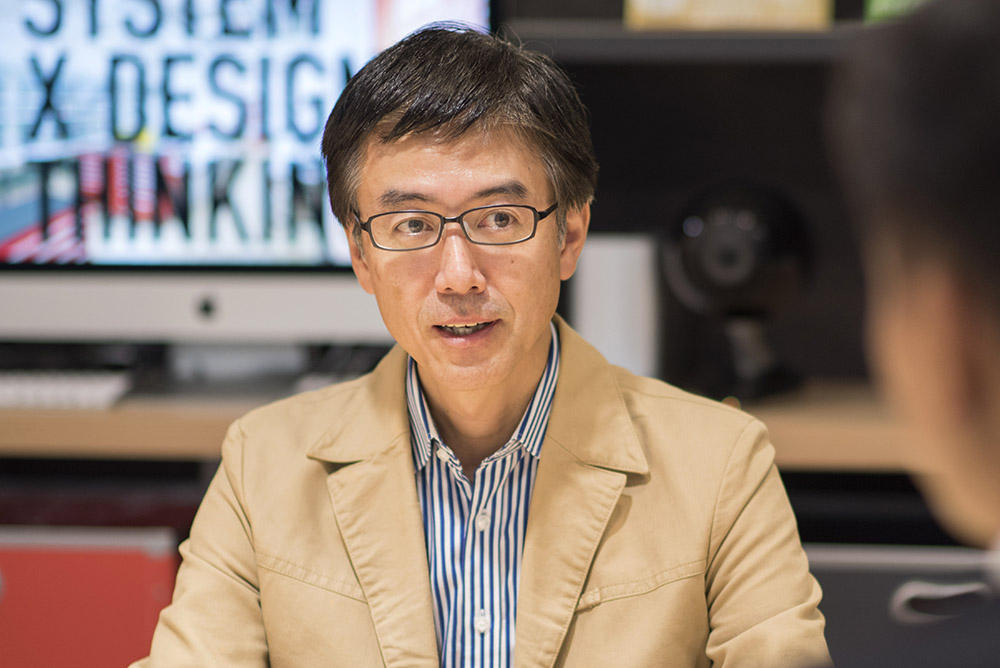
I teach the Design Project, a required course for first-year master's students. We focus on "hands-on", project-based learning in which 5,6-person groups tackle problems and create solutions to actual problems faced by businesses and local governments. Over five months, students learn basic theory and a variety of methodologies for application. The lecture is divided into three phases: in the first phase, students attend lectures on various ways of thinking, methods, and methodologies that will help them in creating and organizing new ideas. The second phase is hands on and students deepen their understanding by practicing the methodologies they learned previously. Finally, in the third phase, students apply the knowledge and experience they've acquired in the first two phases to create new solutions to real-world problems, all the while receiving feedback from faculty members.
During the five months course, I've also learned a lot. It is a very interesting point of this subject that they can reach a higher level that they did not anticipate when at the beginning. As a flip side of it, some students are overwhelmed by the process or goal being thrown into confusion without being able to predict. Students experience a time and energy-consuming process, but I expect students to find this situation fun and significance. After completing this course, when they looked back on the past achievements, through the experience of this design project, they improved their viewpoints of new capabilities and new things. And eventually they utilized them for master's research and future work. In order to enhance this, we should continue to improve the contents of this course year after year.
SDM: A Perfect Academic Fit for My Research
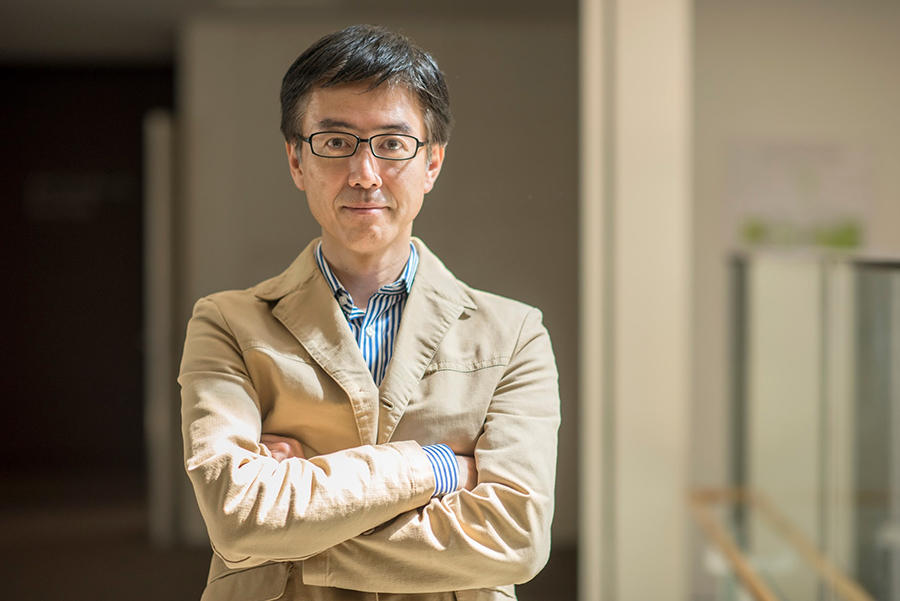
Now I am narrowing my research topic. Rather than thinking deeply in the technology of a specific field, I think that thinking abstractly how to design a good design can be a good topic. I think that there should be an appropriate technique independent of the field and I will approach from various directions. I think how to systematically think about the new topic and looking it up properly.
In SDM, my colleagues and students have diverse areas of expertise, so I am having a very exciting day. I have worked in the field of space for over 25 years before moving to SDM. I feel that there are many parts that can be utilized in completely different fields when increasing the abstraction level of what I have done so far. In that sense, it is suitable for me to establish relationships with people in various fields widely through a common infrastructure like SDM, rather than a conventional graduate school that narrows down to a specific technical field and pursues expertise.
Interest for Noh-play
SDM regards things as a system and positions Systems Engineering as a fundamental academic foundation on how to properly design it. Now, I regard Noh as a system, analyze the relationship between the Noh master and the staff who support the surroundings, and I am interested in the possibility of a new system design from there. It is not a substitute that I just started and can still say research, but I think that there are useful ones that have not necessarily been covered so far. I think that there are many things to learn about how Noh has been systematically passed over generations.
I realize that versatility that can be applied to completely different things comes out when increasing the abstraction level for methods used in various fields. By extracting certain characteristics from Noh, increasing its abstraction level, arranging it as a rule, and applying it to other fields, we can create a new way of thinking. I say that there is a possibility that a new way of thinking and approach may be found in "increasing and decreasing the abstraction level", after increasing the level of abstraction, decreasing it to another place and applying it to concrete things. Then, I think that the extent to which the know-how, knowledge and method of a certain field can be greatly expanded. What I want to do most is finding new versatile methods from various approaches.
Strengthening the Foundation Skills that Supports Professional Expertise
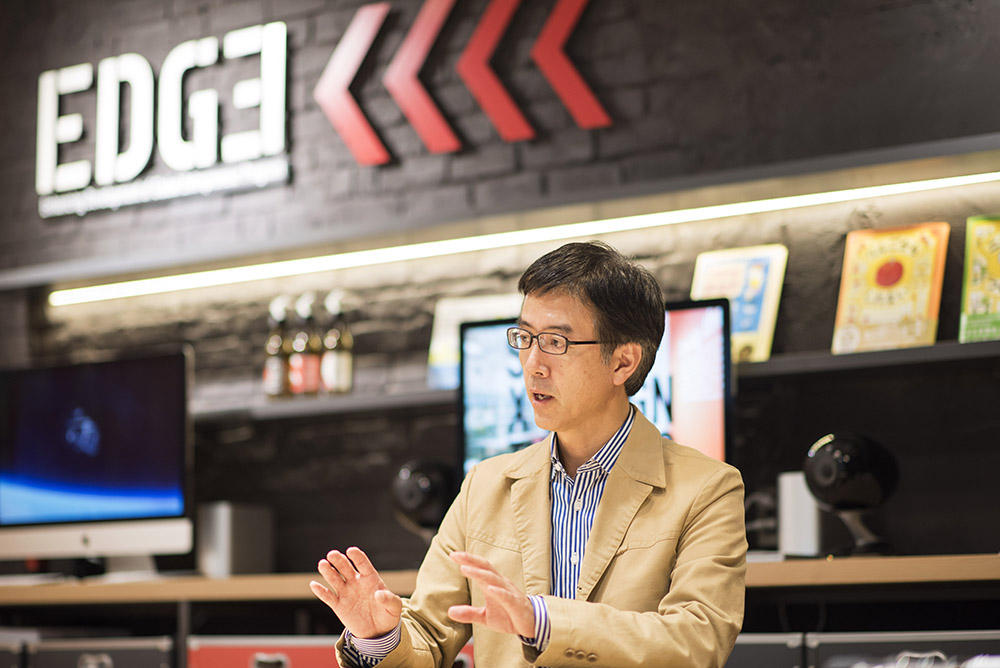
Studying at SDM is not necessarily about studying to pursue expertise in a specific field. Rather, we welcome students eager to go back to basics, where they can learn how to think, design, and create in ways that enhance their performance. If you think of professional expertise as a high-rise building, one of the things you learn at SDM could be said to be the underlying foundation that supports the structure. A tall building can only be stood once a firm foundation is laid. That's how I see it. By the time you complete a program at SDM, your mindset and methodology will be enhanced. When returning to the original workplace or entering a new company, I believe that you will play more significant role with a different approach and method.
Recently, I realize that the approach we have is required as an approach to solving problems of various companies and organizations. In order to meet the expectation, we must still do our best. When I am in SDM, I feel my progress day by day. I can see how students change steadily with their efforts. With this exciting place SDM that both faculty members and students can feel growth, I also want to work on the space-related themes that are my original specialty fields.

